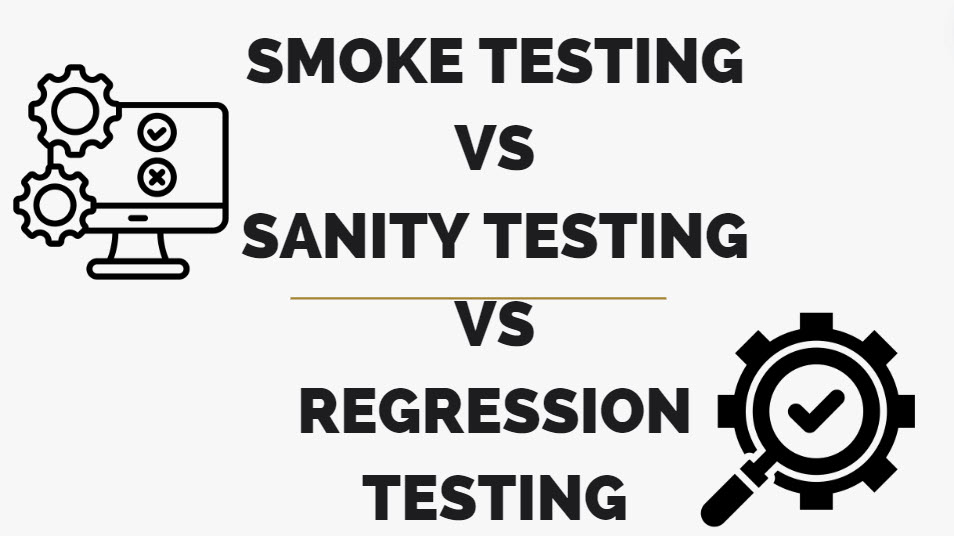Smoke Testing, Sanity Testing, and Regression Testing are all types of software testing, but they serve different purposes and are conducted at different stages of the software development lifecycle. Let’s compare these three testing types:
Smoke Testing
Purpose
To verify that the basic, critical functionalities of the application are working.
To determine if the build is stable enough for further testing.
When it’s done
Immediately after a new build is released.
Before accepting a build for more rigorous testing.
Characteristics
Quick and simple tests.
Covers core functionality.
Non-exhaustive.
Also known as “Build Verification Testing” or “Confidence Testing.”
Sanity Testing
Purpose
To verify that specific functionality is working after minor changes or bug fixes.
To ensure that the changes made don’t affect the existing functionality.
When it’s done
After receiving a software build with minor changes or bug fixes.
Before performing more extensive testing.
Characteristics
Narrow and deep testing of specific functionality.
More focused than smoke testing but less extensive than regression testing.
Subset of regression testing.
Regression Testing
Purpose
To ensure that existing functionality still works after making changes, additions, or enhancements to the software.
To verify that bug fixes have not introduced new issues.
When it’s done
After any change to the codebase (new features, enhancements, or bug fixes).
Before releasing a new version of the software.
Characteristics
Comprehensive testing of the entire application.
It can be time-consuming and resource-intensive.
Often automated to save time and ensure consistency.
Includes retesting of previously fixed bugs.
Key Differences
Scope
Smoke Testing: Broad but shallow, covering critical functionalities.
Sanity Testing: Narrow and deep, focusing on specific areas affected by changes.
Regression Testing: Comprehensive, covering the entire application.
Timing
Smoke Testing: Performed first, immediately after a new build.
Sanity Testing: Performed after minor changes or bug fixes.
Regression Testing: Performed after any changes, before release.
Depth
Smoke Testing: Surface-level testing.
Sanity Testing: Deeper testing of specific areas.
Regression Testing: In-depth testing of the entire application.
Time and Resources
Smoke Testing: Quick and requires minimal resources.
Sanity Testing: Relatively quick, focused on specific areas.
Regression Testing: Time-consuming and resource-intensive.
You may also like following the articles below
In summary, these testing types complement each other and are used at different stages of the development process to ensure software quality and stability. Smoke testing is used to quickly assess build stability, sanity testing focuses on specific changes, and regression testing ensures overall application integrity after changes.

My name is Madhu, and I’m a certified Test Consultant with more than 16 years of hands-on experience developing and maintaining manual and Test Automation in the Software industry. I have experience with automation tools such as Selenium, Katalon Studio, etc.
